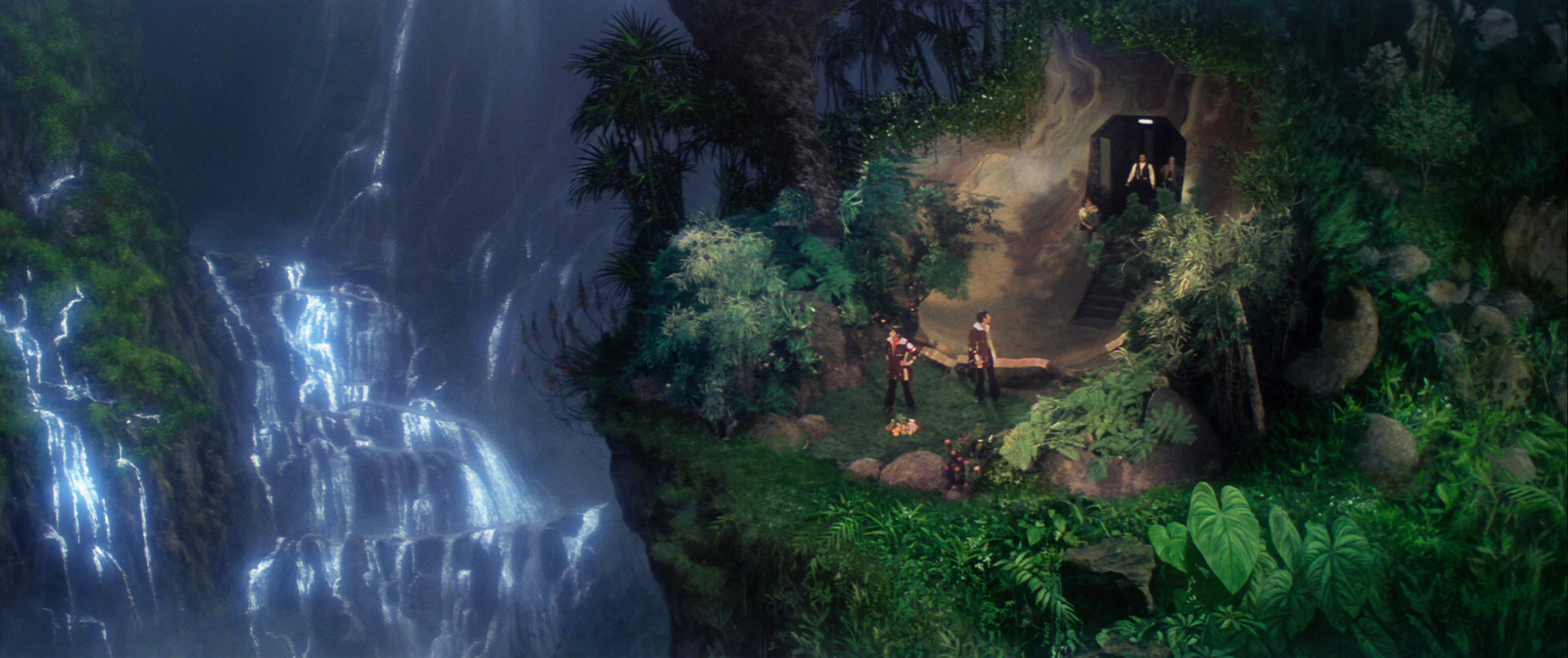(And Richard Arnold at conventions in the 80s and 90s, although people hate it if I mention RA's name.)
Because Arnold had a persistent habit of presenting his personal opinions and interpretations as incontrovertible facts about the Star Trek Universe. That makes most of his statements about
Star Trek suspect, IMO.
He consistently implied that everything that was good about
Star Trek was due to Gene Roddenberry and ONLY Gene Roddenberry, even when he damn well knew better. And when it was something he personally regarded as "bad," oh of COURSE Gene had nothing to do with it!
When a fan wrote in to the
Star Trek magazine asking about the character of Elias Vaughn from the DS9 novels, Arnold answered, "There is no such character as Elias Vaughn in the Star Trek Universe" instead of just saying something more factual, like "Although there is a character named Elias Vaughn in the recent DS9 novels from Pocket Books, the books are not considered canon to the filmed Star Trek Universe."
When Peter David was writing the
Star Trek comic book for DC, Arnold told him howlers like "Captain Kirk is no longer interested in relationships with women" because Kirk hadn't had a major romance in the movies, and that the Gold Key Star Trek comics were what the DC comics should aspire to. On David's TNG novel
Vendetta, Arnold insisted that were no female Borg because we hadn't seen one on TNG before that point. He wanted to make Michael Jan Friedman rewrite his entire novel
Double, Double to remove Chekov instead of simply changing a Stardate. Arnold also commonly lied that all of his criticisms were coming straight from Gene Roddenberry himself, because he knew that would give more weight to his fannish opinions. He basically drove folks like Peter David, Diane Duane and Margaret Wander Bonanno away from writing licensed
Trek fiction for years because they all got sick of dealing with his bullshit. The guy did a LOT of damage to the comics and novels in a short amount of time.
So yeah, I don't much care what Richard Arnold had to say about
Star Trek. I don't consider him to be a reliable source.



